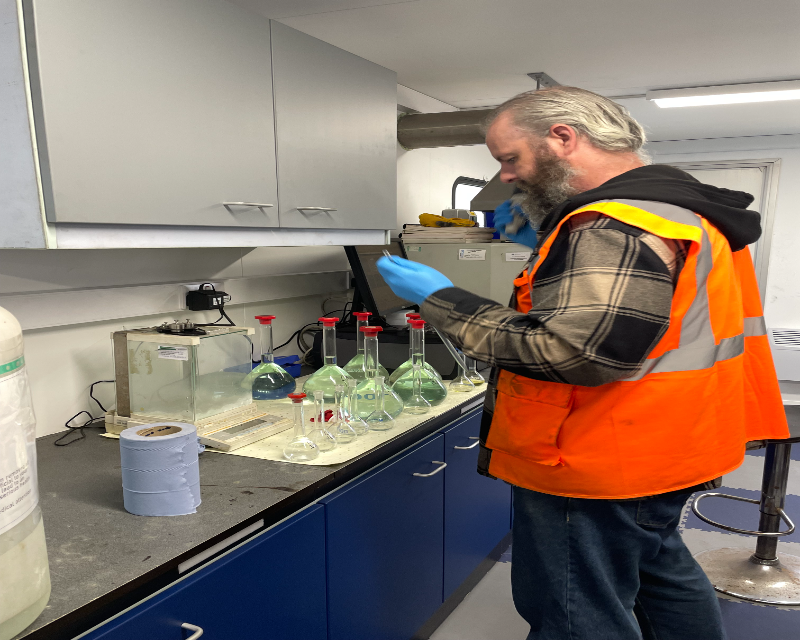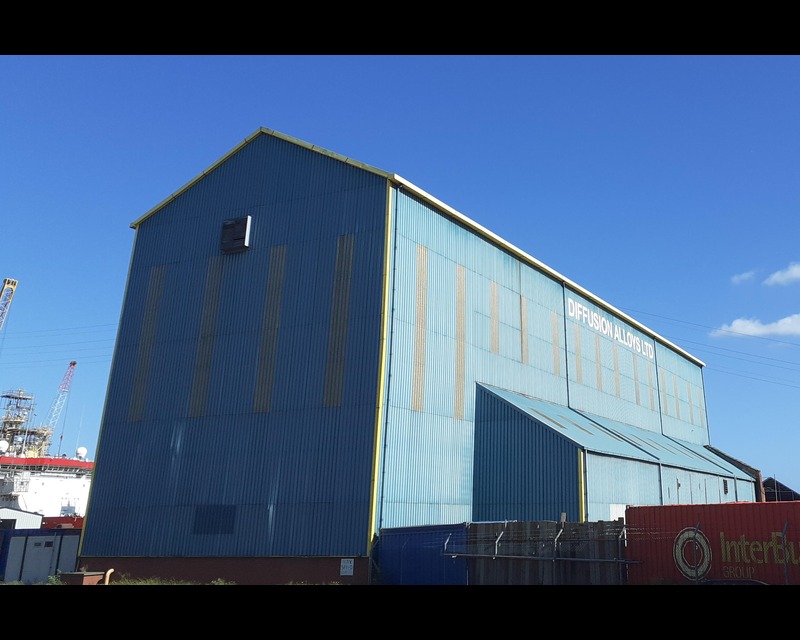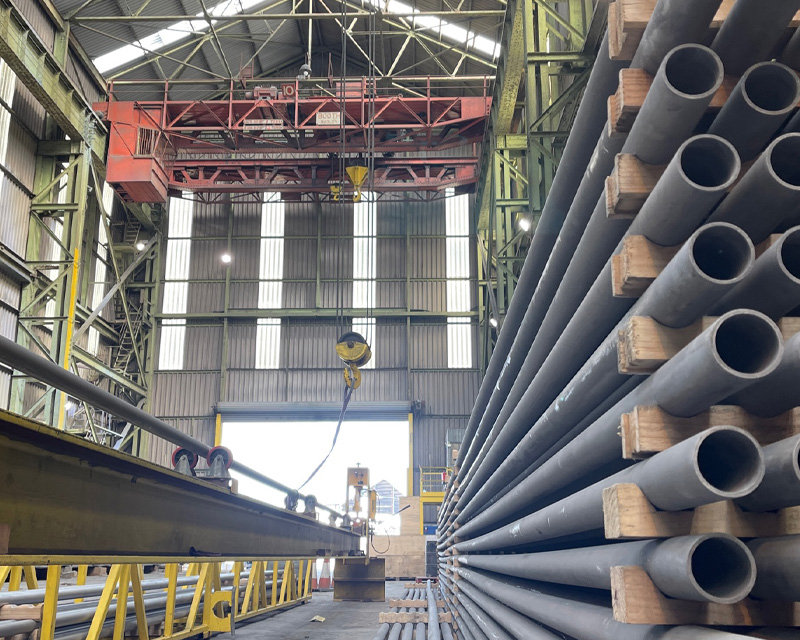
Pack Cementation
Pack cementation is one of the most established and controllable methods for producing diffusion coatings on metal components.
It enables the formation of protective, metallurgically bonded layers. Typically aluminide, chromide, or boride that extend component life in demanding high-temperature and reactive environments. Used extensively in aerospace, energy, hydrogen production, and industrial gas systems, pack cementation remains a cornerstone of advanced surface engineering.
What Is Pack Cementation?
Pack cementation is a solid-state diffusion process.
A component is buried in a powdered mixture (“the pack”) containing the coating element, an activator, and an inert filler. When heated in a controlled atmosphere, vapours form within the pack and transport the coating element to the surface of the component, where it reacts and diffuses into the base metal. This results in a diffusion-bonded layer that becomes part of the material’s surface, not an applied coating. Because it grows inward rather than outward, the process preserves component dimensions and ensures exceptional adhesion, even through repeated thermal cycles.
The Pack Composition
A standard pack cementation mixture includes three key components:
• Coating element: The active metal to be diffused, such as aluminium, chromium, or boron.
• Activator: A halide compound (e.g. ammonium chloride, ammonium fluoride) that facilitates the vapour transport of the coating metal.
• Inert filler: Usually alumina or similar, used to maintain consistent diffusion conditions and prevent unwanted reactions.
The exact ratios are controlled according to the coating type, temperature, and alloy being treated.
Diffusion Alloys maintains precise process control and repeatability for all pack compositions.
Process Overview
1. Preparation – Components are cleaned, degreased, and preheated to remove any surface oxides or contaminants.
2. Packing – The item is embedded in the pack mixture inside a sealed retort or container.
3. Heating – The retort is heated under a controlled atmosphere, allowing the coating vapours to form and react with the surface.
4. Diffusion Reaction – The active metal atoms migrate into the substrate, creating a stable diffusion zone.
5. Cooling and Inspection – Once complete, the component is removed, cleaned, and analysed for coating depth, structure, and uniformity.
Process temperatures typically range from 850°C to 1150°C, depending on the coating system and substrate alloy.
Types of Coatings Produced by Pack Cementation
The process can be tailored to achieve various protective systems:
• Aluminide coatings – Resistance to oxidation, sulfidation, and scaling in high-temperature gases.
• Chromide coatings – Defence against carburisation and metal dusting in hydrogen or process gas environments.
• Boronised surfaces – High hardness for wear and erosion control.
• Duplex coatings – Sequential aluminising and chromising for combined protection against multiple degradation mechanisms.
Pack cementation’s flexibility makes it suitable for both small precision components and large industrial assemblies.
Advantages of Pack Cementation
• Permanent, diffusion-bonded surface, no risk of delamination.
• Suitable for internal and external surfaces, including complex geometries.
• Excellent high-temperature oxidation and corrosion resistance.
• Stable under hydrogen, steam, and gas reforming conditions.
• Environmentally secure, no liquid waste or plating chemicals.
Because it is a dry, solid-state process, pack cementation is also cleaner and safer than many wet-coating or plasma-based methods, with minimal environmental impact.
Applications
Pack cementation coatings are used across multiple industries:
• Aerospace – Turbine blades, vanes, and exhaust hardware.
• Hydrogen and energy – Reformer tubes, manifolds, and heat exchangers.
• Power generation – Boiler tubes and high-temperature ducting.
• Petrochemical systems – Reactors and processing equipment subject to carburisation.
Each coating is engineered for the component’s specific service environment. Ensuring the correct balance between oxidation resistance, wear protection, and dimensional control.
Why Choose Diffusion Alloys
Diffusion Alloys has more than six decades of experience delivering pack cementation coatings for critical industrial and aerospace applications. Our expertise lies in precision, controlling the pack composition, temperature profile, and atmosphere to achieve repeatable, high-quality results. All coatings are validated through metallographic inspection, hardness testing, and diffusion-depth measurement. Process traceability and documentation are standard, ensuring reliability and compliance for every batch. Our engineers work closely with customers to determine the optimal coating system for their component geometry, alloy, and operational environment, providing confidence in both performance and longevity.



